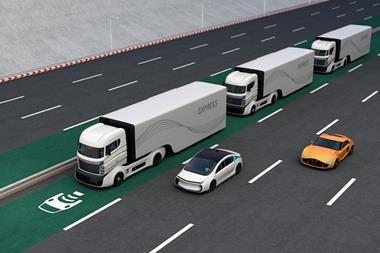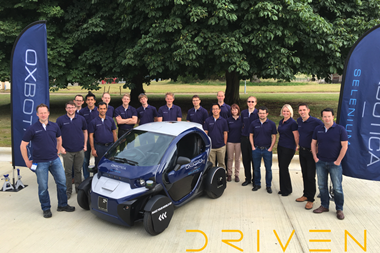The on-demand economy, insurtech and open architecture innovation featured in Aon’s latest annual Global Insurance Market Opportunities report
Areas of buyer demand for insurance growth focused on innovation and insurtech in Aon’s latest annual Global Insurance Market Opportunities (GIMO) report.
Insurtech should be viewed as an enabler for the insurance industry rather than a disruptive force, the insurance broker posited.
The on-demand economy (ODE) was highlighted as an area of opportunity for the traditional insurance industry.
The ODE will open up a greater range of time-based insurance products, Aon suggested, as assets such as cars and homes are increasingly used on both a commercial and personal lines basis, exemplified by Uber and Airbnb.
Meanwhile “fast-growing entrepreneurial” insurtech has secured approximately $14bn in investments across more than 550 start-ups globally, Aon said.
So-called “open architecture innovation” will drive new growth for insurers, Aon’s GIMO report suggested.
The broker noted that established insurance sector firms can play an important role in open architecture innovation, by collaborating in frameworks that balance “scalable solutions for clients and the flexibility that encourages entrepreneurial innovation”.
Driverless technology is expected to reduce accident frequency but the study warned that accident severity could increase
Cyber risk, casualty catastrophe risk and pathogen risk were flagged up as three product areas seen as increasingly insurable through collaborations with insurtech companies and technology and analytics providers.For risks such as cyber, response services will become more important, relative to the claims payouts of traditional insurance policies.
Aon global analytics CEO Paul Mang said: “We know that the insurance sector is facing challenges in the current macroeconomic environment; so we should expect leading organisations in the industry to drive change.
Driverless cars represent a major disruptive force in motor insurance over the next thirty years, cutting 40% of US pure motor premium by 2050, Aon ventured, by which time autonomous vehicles are expected to be fully adopted.
Driverless technology is expected to reduce accident frequency but the study warned that accident severity could increase, in addition to a potential transfer of liability away from drivers, towards car manufacturers and software providers.
Mang said: “We are already using technology to make us more efficient as a sector, and to expand into emerging risk markets.
“However, the true transformation will happen as we re-imagine risk management altogether.
“In this new environment, collaborations, or what we call open architecture innovation, will be key to creating net new growth,” he added.
Aon’s GIMO report can be found here: http://aon.io/2vMRrBC














No comments yet